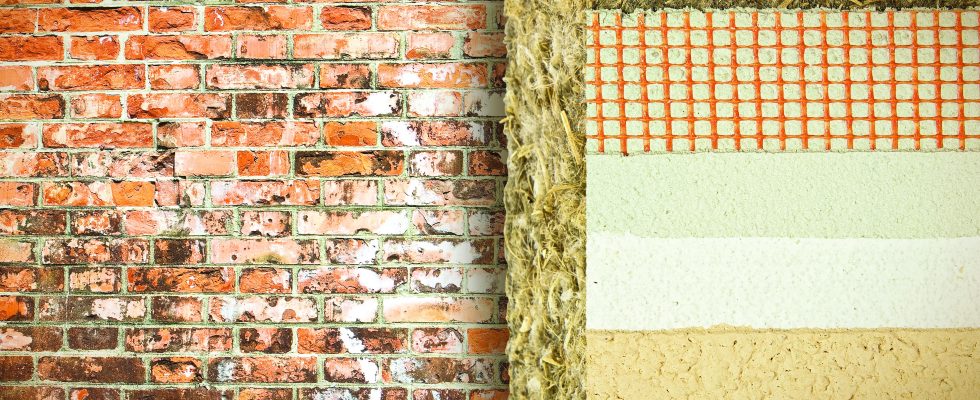Used in different forms since Antiquity, concrete established itself as the leading material in construction at the beginning of the 20th century. Enriched with steel rods, it becomes a “reinforced concrete”, ready to conquer great heights with ever more daring skyscrapers and the creation of buildings of all types. Today, its dull gray and smooth surfaces can be found everywhere: on our walls, our floors, our parking lots, supporting our bridges or replacing our benches…
A polluting material
An omnipresence that would almost make us forget that concrete, a mixture of sand, water, limestone and gravel, pollutes the environment. The preparation of cement, its main compound, is responsible for 7% of global CO2 emissions according to the Global Cement and Concrete Association, three times more than the impact of the aviation sector. Producing one ton of cement emits nearly 656 kilograms of greenhouse gases. Worse, at every stage, concrete is, by definition, anti-ecological. At the origin: since in terms of raw materials it needs large quantities of sand from natural environments. During its manufacturing process, requiring a lot of energy: with ovens heated to more than 1,400°C. But also in its use: the concreting of our cities waterproofs the soil, permanently preventing the circulation of water and promoting flooding. Finally, the constructions have a low life expectancy, count a few decades, cement being very expensive to maintain. Without forgetting the final phase, that of waste, which is particularly difficult to recycle.
There are alternatives
So many reasons why it is now necessary to go beyond concrete. Other solutions exist, skilful mixtures of innovation and tradition. These are mainly bio-sourced construction materials, that is to say made entirely or partially of animal or plant resources. The best known is wood, but there are many others: straw, hemp, reeds, thatch, etc.
Coming from agriculture, forestry and the recycling of natural materials, their use makes it possible to promote renewable sectors and favor short circuits. In addition to their very low carbon impact, they finally have the advantage of being used in several areas of construction: from the wooden structure to insulation made of straw, sheep’s wool or recycled cotton. Some architects are also reviving old techniques, based on raw earth, both for the foundations (laying, cob, compressed earth brick, etc.) and for filling the partitions (cob, earth-straw, earth-chips of wood, etc). The main obstacle to the development of these geosourced materials remains the know-how, which must be disseminated among building professionals.
Hence the proliferation of training by several organizations committed to sustainable development such as the Order of Architects, the ECHOBAT network, or the Ekopolis association in Ile-de-France. Other initiatives are also being launched to bring together specialized sectors, which are currently few in number, and players in the sector. Finally, the government is beginning to take up these questions: in April 2020, the Ministry for Ecological Transition published a guide entitled “Bio-sourced building materials in public procurement” for professionals. Awareness to end the all-concrete reign is slow, but the stakes are huge to decarbonize the construction sector.
